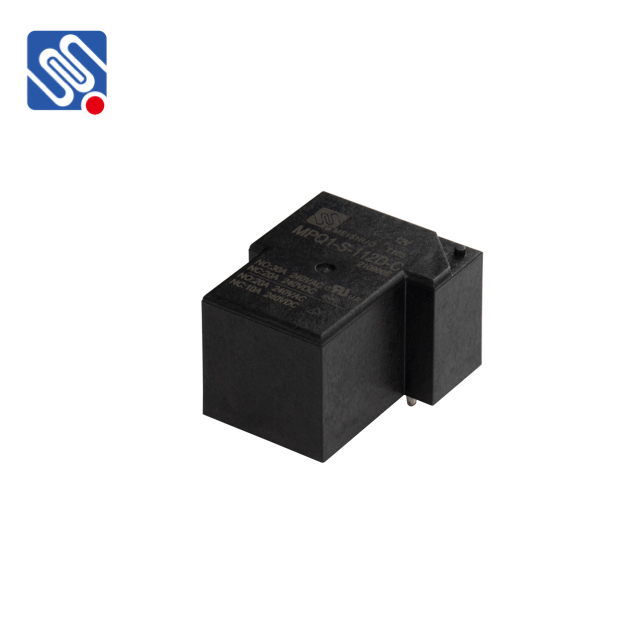A 12V DC relay is a widely used electrical component in various fields, from automotive systems to home appliances and industrial automation. This small but powerful device allows low-voltage electrical circuits to control high-voltage circuits, acting as a switch that can be operated remotely. Understanding how a 12V DC relay works and its applications can provide insight into its importance in modern electrical systems.

What is a 12V DC Relay? A relay is an electrically operated switch. The 12V DC relay specifically operates with a 12V direct current (DC) input, commonly used in automotive and electronic applications. The core function of a relay is to control the flow of current to a load, such as a motor or light, through the operation of an electromagnetic coil. When the coil is energized by the 12V DC voltage, it creates a magnetic field that moves a mechanical switch, either closing or opening the contacts. This action allows the relay to control high-power devices using low-voltage circuits. Relays are designed with several types of contacts, such as normally open (NO) and normally closed (NC). Normally open contacts remain open when the relay is not energized, but close when it is energized, allowing current to flow through the connected circuit. On the other hand, normally closed contacts are the opposite, remaining closed when